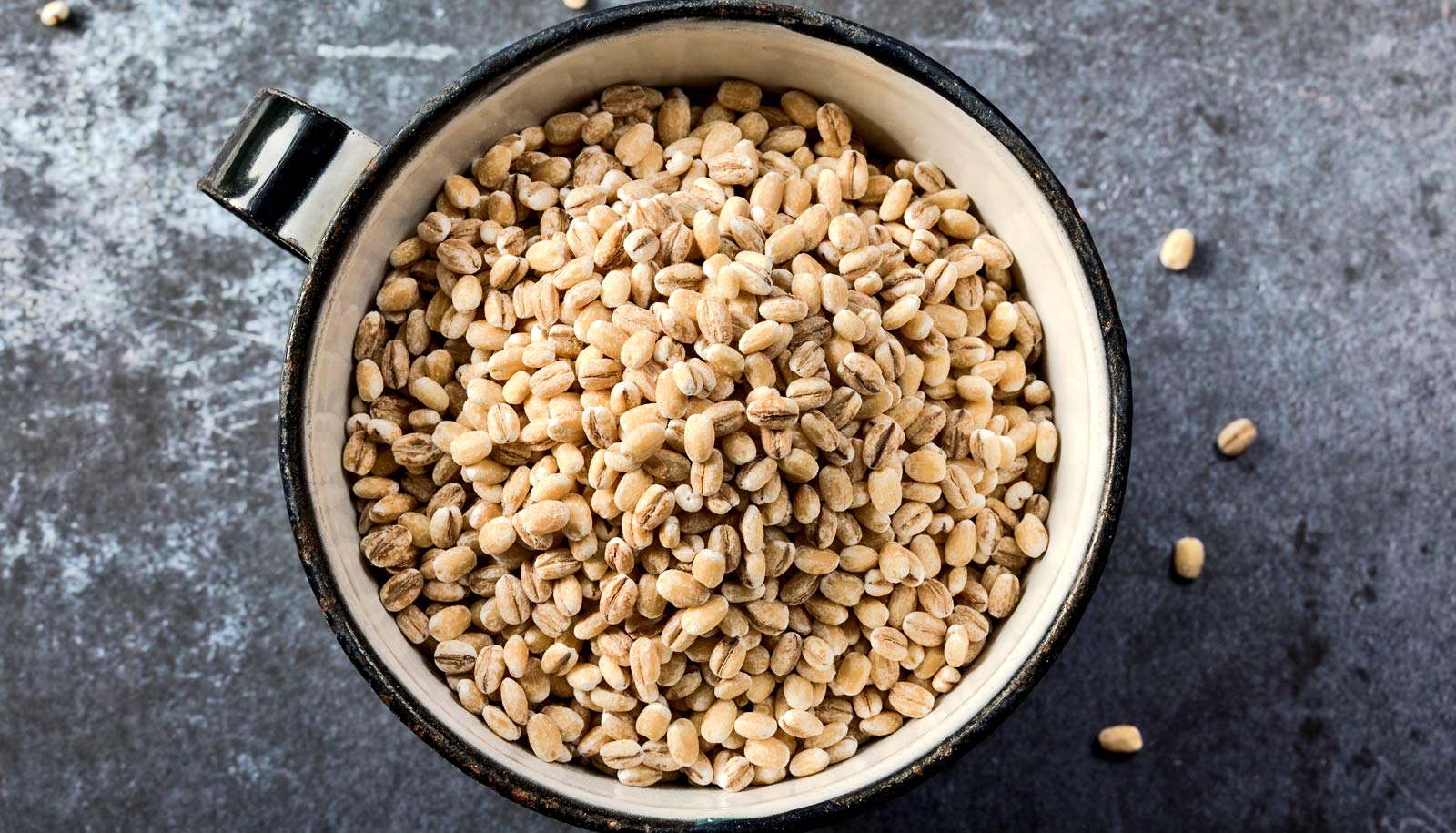When hit with a common laser beam, a roasted version of barley may be an ideal and safe contrast agent for diagnosing swallowing disorders, a new study shows.
“Because we’ve been eating or drinking these products, we know they’re safe for most people.”
Before landing on barley, researchers tried out more than 200 types of tea, chocolate, herbs, and other foodstuffs.
The discovery could improve the ability to diagnose swallowing disorders, which affect more than 15 million Americans, as well as gut disorders, researchers say.
What’s more, because many human diets already include barley, it could be fast-tracked for medical use.
“It’s really incredible. Here you have this common grain—it has been grown all over the world for thousands of years, and used to make tea, bread, beer—and we’re just now finding another use for it as a contrast agent for medical imaging,” says Jun Xia, assistant professor in the biomedical engineering department at the University at Buffalo, and coauthor of the paper, which appears in Biomaterials.
Barium alternative
Swallowing disorders, also known as dysphagia, can be an indication of a serious medical problem and are caused by a variety of conditions, including cancer, Alzheimer’s disease, missing teeth, and neck injuries.
To test for dysphagia, doctors typically have patients drink a thick, chalky liquid called barium. Doctors then use X-rays, MRIs, or ultrasounds to look inside the throat. Each technique is limited with respect to safety, high-cost, and lack of adequate contrast, respectively.
Photoacoustic computed tomography (PACT) is an emerging alternative.
Like barium, patients drink or are injected with a contrast agent—often newly developed nanoparticles made of metals, polymers, and other materials. A laser strikes the nanoparticles, generating pressure waves that can provide nuanced and real-time views inside the body.
One drawback to contrast-enhanced PACT is the often lengthy and expensive regulatory process for new contrast agents.
“That’s what led us to search for edible alternatives. Because we’ve been eating or drinking these products, we know they’re safe for most people,” says coauthor Jonathan Lovell, associate professor in the biomedical engineering department.
Darker the better
The researchers focused on dark foods and beverages because the darker the color, the more the foodstuff will absorb wavelengths from the laser and, theoretically, produce a clearer image.
Diamonds and quantum mechanics ‘light up’ MRI scans
Roasted barley, a grain used to produce beer, bread, and other products, came through with the best results. Researchers were able to detect individual particles of it through 3.5 centimeters of chicken breast tissue, as well as through human hands.
Roasted barley tea—a drink common in Japan, Korea, and China—was detectable through 2.5 centimeters of chicken breast. It worked in human subjects as well, providing visualizations inside the human throat when swallowing.
Could acupuncture ease trouble swallowing?
In addition to swallowing imaging, the grain could potentially be used to diagnose gastrointestinal tract disorders, the researchers say.
The National Institutes of Health, the Clinical and Translational Science Institute at the University at Buffalo, and the university’s Office of the Vice President for Research and Economic Development funded the work.
Source: University at Buffalo



